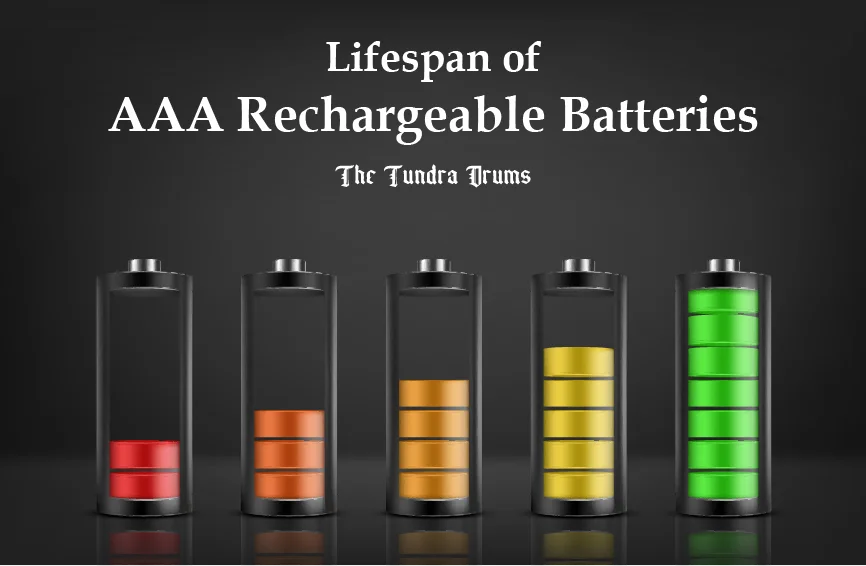| The lifespan of AAA rechargeable batteries is vital for cost efficiency and reducing environmental impact, as longer-lasting batteries save money and lessen waste. |
Have you ever found yourself frustrated with the short lifespan of AAA rechargeable batteries? It’s a common problem, and constantly replacing batteries can be a hassle. But what if a few simple tricks could extend their lifespan and keep them performing at their peak? Imagine never having to scramble for fresh batteries during an important task. Rechargeable batteries are a smart choice for your wallet and a win for the environment. This guide gives you easy-to-follow tips and essential practices to help you maximize the life of your AAA rechargeable batteries and reduce the need for frequent replacements.
What is Rechargeable AAA Battery?
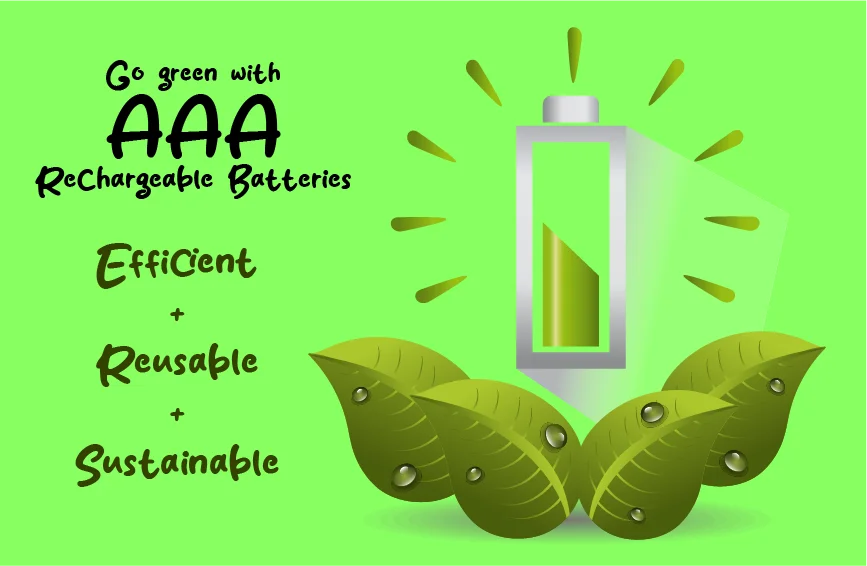
AAA rechargeable batteries are small, reusable power cells often used in devices like remote controls and toys. They provide a sustainable alternative to disposable batteries, offering both convenience and environmental benefits.
Essential Practices for Extending the Life of Rechargeable Batteries
Let’s talk about essential practices that can help you maximize the life span of rechargeable batteries:
- Store Batteries Properly
- Disconnect Batteries When Not in Use
- Keep Batteries of Different Ages Separate
- Do Not Try to Recharge Alkaline Batteries
- Restrict Use of High-Drain Devices
- Avoid Extreme Temperatures
- Be Mindful of Charging and Discharging Cycles
- Remove or Avoid Using Unnecessary Features
1. Store Batteries Properly
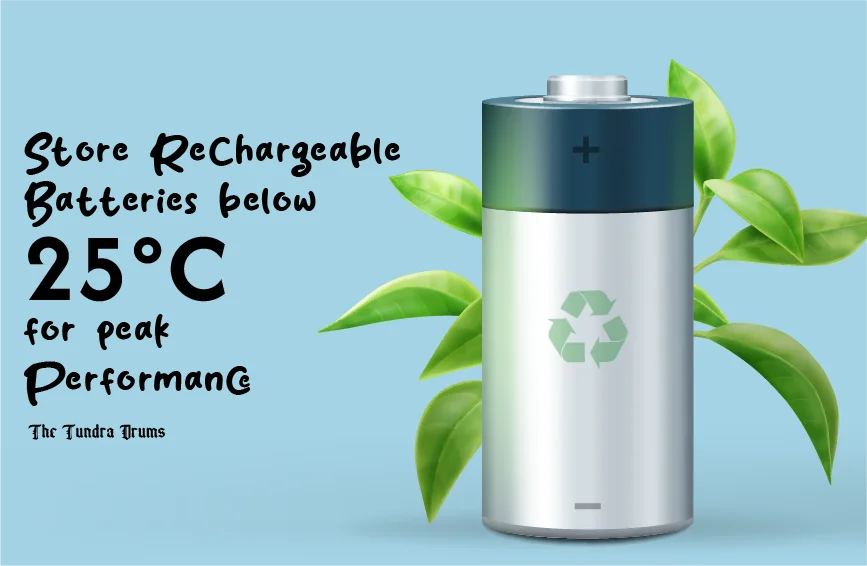
Storing your rechargeable AAA batteries in a cool, dry place is crucial. Aim for temperatures below 25°C (77°F). Avoid exposing them to heat or moisture, as these factors can significantly reduce the life expectancy of rechargeable batteries. For instance, if you live in a warm climate, keeping your batteries in an air-conditioned room or an airtight container can prevent them from degrading quickly.
| Storage Tip | Description | Benefits |
| Cool and Dry Place | Store batteries below 25°C (77°F) | Prevents heat damage and moisture buildup |
| Airtight Containers | Use airtight containers for storage | Reduces moisture exposure |
2. Disconnect Batteries When Not in Use
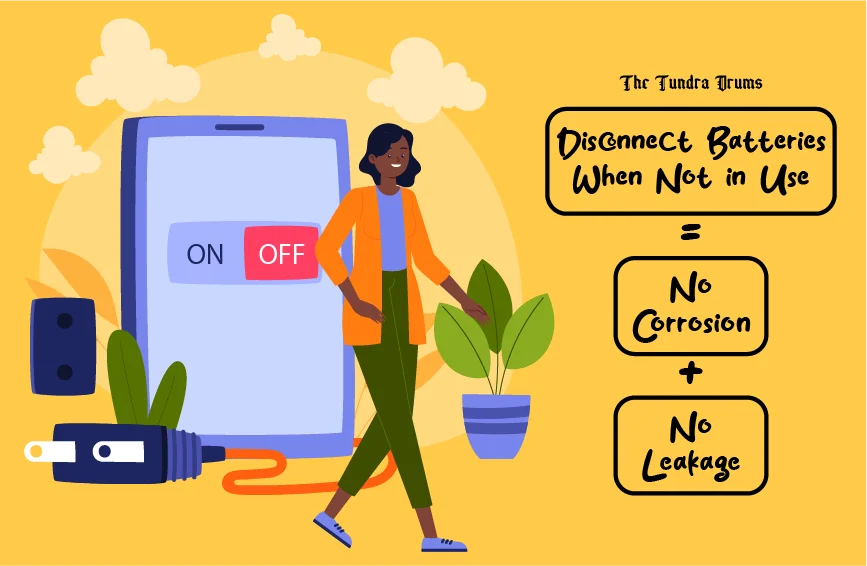
It’s a simple yet effective strategy to remove your rechargeable AA or AAA batteries when a device isn’t used for an extended period. This practice helps prevent leakage and corrosion, which can damage both the batteries and the device. For instance, when storing a flashlight for a long time, removing the batteries is essential to avoid potential harm and extend the battery life.
However, AAA battery life varies depending on usage. For example, a digital clock might run for about 6 months with a standard battery, up to a year with an alkaline or rechargeable battery, and 2 to 3 years with a lithium battery.
3. Keep Batteries of Different Ages Separate
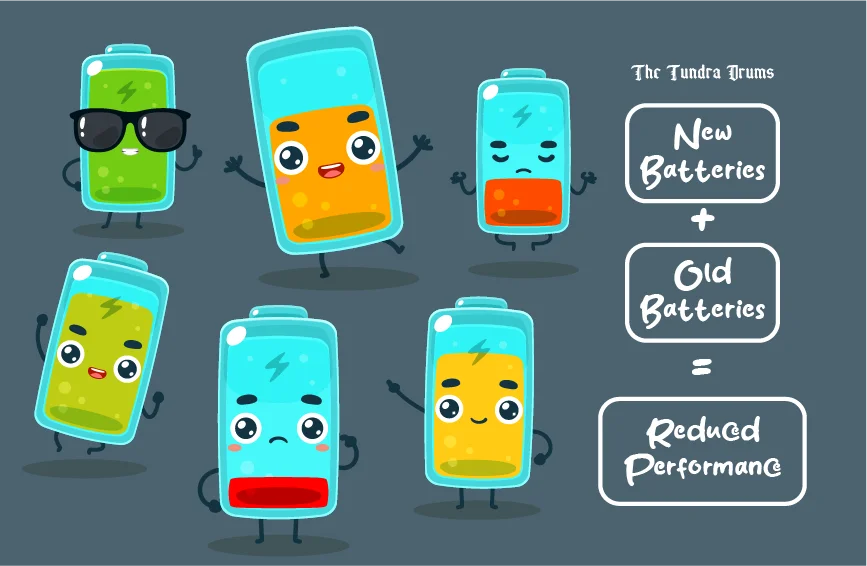
Mixing old and new batteries can lead to uneven energy distribution. Always use batteries of the same age in your devices to ensure optimal performance. For instance, if you’re using batteries in a remote control, replace all the batteries at once rather than mixing new ones with old ones.
4. Do Not Try to Recharge Batteries

It’s important to note that alkaline batteries are not designed for recharging. Attempting to recharge them can cause leakage, overheating, or even explosions. Opt for AAA rechargeable batteries specifically designed for that purpose, such as NiMH batteries for extended use.
5. Restrict Use of High-Drain Devices
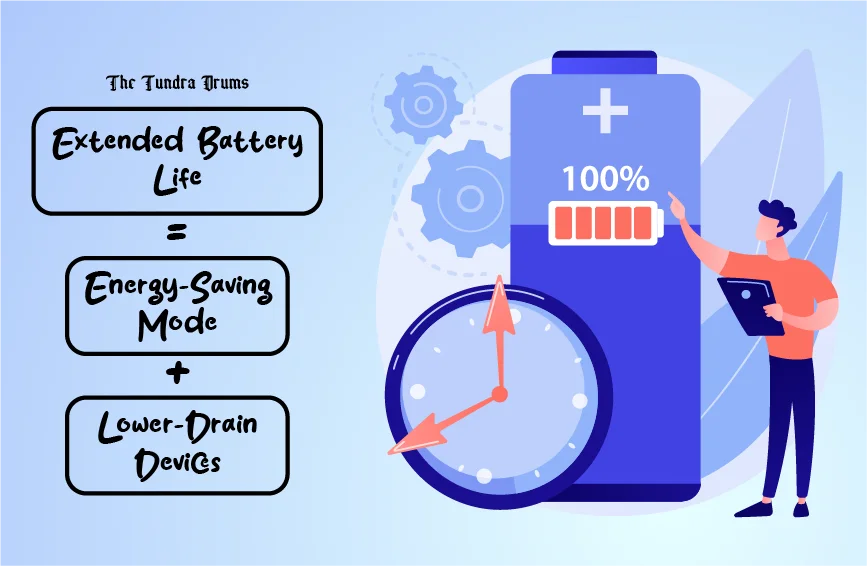
High-drain devices, like digital cameras, can quickly drain AAA rechargeable batteries. Thus, to extend the life of rechargeable batteries, use energy-saving settings or switch to devices with lower power consumption when possible. For example, if you’re using a digital camera, set it to a lower resolution to conserve battery life.
- Use in Lower-Drain Devices: Preferably in devices with lower power consumption.
- Energy-Saving Modes: Utilize energy-saving settings if available.
6. Avoid Extreme Temperatures
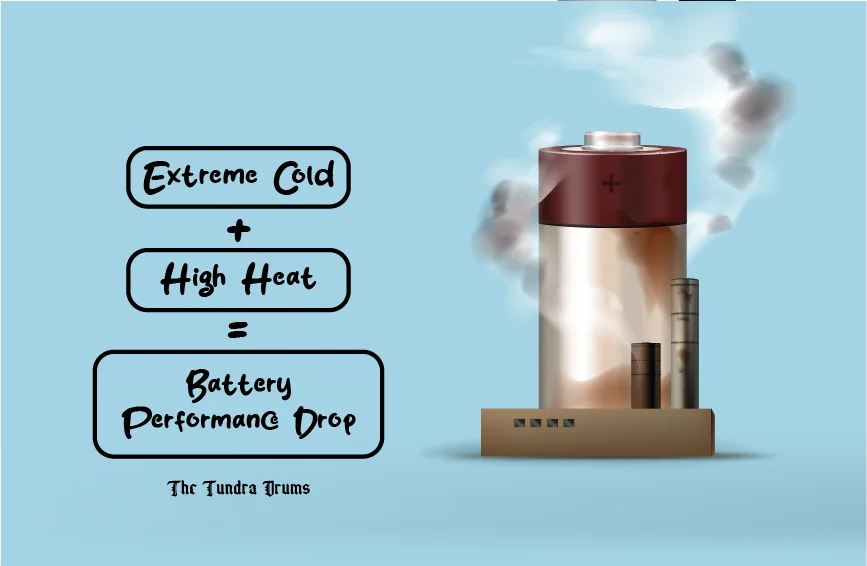
Extreme temperatures can negatively impact the performance of rechargeable batteries. In cold weather, the battery’s voltage output may decrease, while high temperatures can cause rapid discharge. To maintain their performance, avoid using your batteries in extreme conditions.
7. Be Mindful of Charging and Discharging Cycles
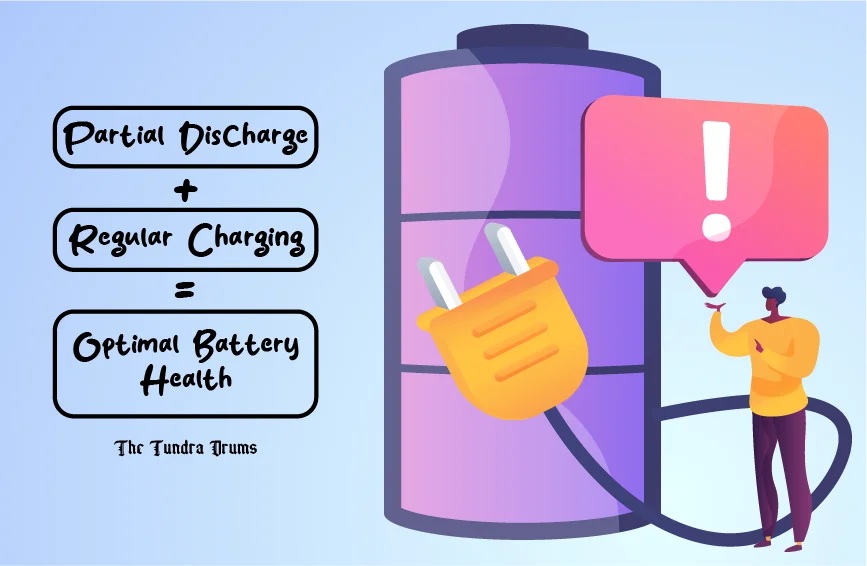
Understanding how to charge and discharge your batteries properly is key. For lithium-based batteries, shallow discharges and frequent recharges are better for longevity. For example, please do not wait until your battery is completely dead before recharging.
8. Remove or Avoid Using Unnecessary Features
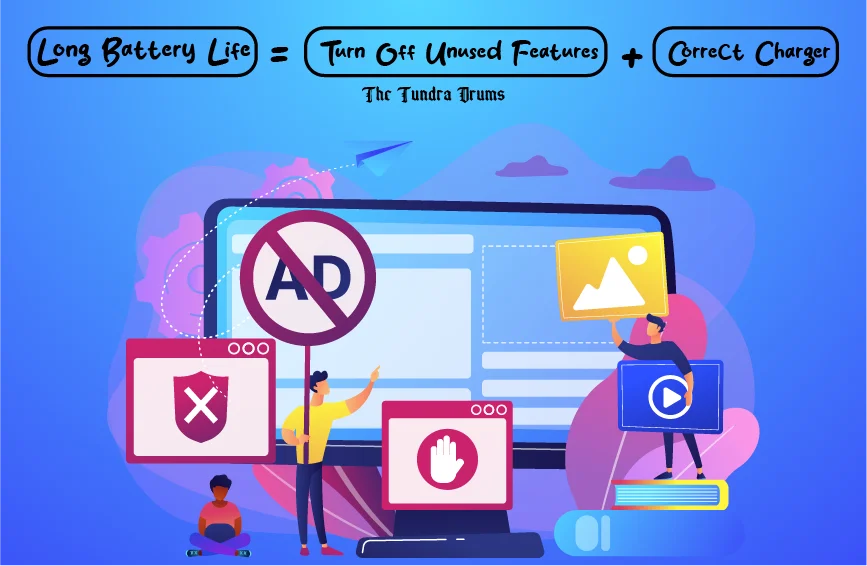
When using devices with multiple features, turn off those you’re not using. For instance, if you’re using a smartphone with rechargeable triple A batteries, turn off Bluetooth or close apps not used to conserve battery life.
| Charger Type | Appropriate Battery Type | Avoid |
| Standard Charger | NiMH AAA rechargeable | Fast Chargers for Lithium-ion |
| Smart Charger | NiMH and Lithium-ion AAA | Non-specific chargers |
Do’s and Don’ts of AAA Rechargeable Batteries
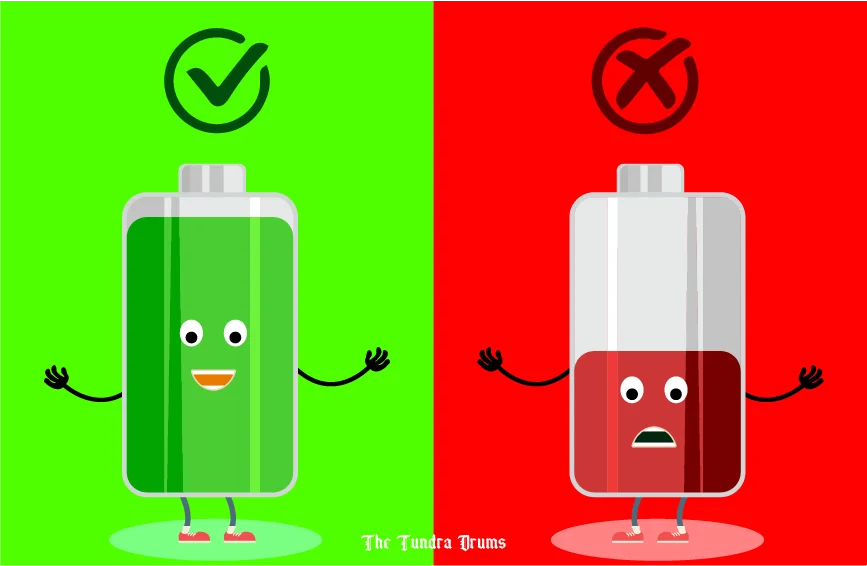
Maximizing the lifespan of your AAA rechargeable batteries isn’t just about charging them It’s about smart habits. Below is a quick guide to the essential do’s and don’ts to help you keep your batteries in top shape.
| Do’s | Don’ts |
| Avoid Heat: Keep batteries out of hot places like cars or direct sunlight. | Don’t Overcharge: Unplug once fully charged. |
| Clean Terminals: Wipe them regularly to ensure good contact. | Don’t Charge Unattended: Keep an eye on them. |
| Charge Before Use: Top up before using for full power. | Don’t Charge on Flammable Surfaces: Keep them off beds or papers. |
| Follow Instructions: Use the correct charger and settings. | Don’t Charge in Cold: Avoid charging in freezing temperatures. |
| Recharge Regularly: Top up unused batteries every few months. | Don’t Mix Types: Use the same brand and type together. |
| Recycle Properly: Dispose of dead batteries at recycling centers. | Don’t Store Carelessly: Tape terminals before storing dead batteries. |
FAQ
1. How can I extend the life of my rechargeable AAA batteries?
Use Correct Charger: Use a charger specifically for AAA rechargeable batteries.
Avoid Deep Discharges: Recharge when at 20-30% capacity.
Remove When Not in Use: Take out batteries if the device won’t be used for a while.
Minimize High-Drain Use: Use in devices with lower power requirements.
2. What is the average life of a rechargeable AAA battery?
Typically, 2 to 5 years, depending on usage and care.
3. Do I need a specific charger for rechargeable AAA batteries?
Yes, use a charger designed explicitly for rechargeable AAA batteries to ensure proper charging and battery health.
Conclusion
Maximizing the lifespan of AAA rechargeable batteries goes beyond just following guidelines. It’s about adopting smart habits and making strategic choices. Proper storage, mindful usage, and correct charging practices ensure these batteries last well beyond their typical lifespan, providing reliable power when needed. Remember, while these tips create a solid foundation, individual results can vary based on battery quality and usage patterns. Ultimately, consistent care is your best bet for extending battery life. Happy powering, and enjoy the long-lasting performance!






